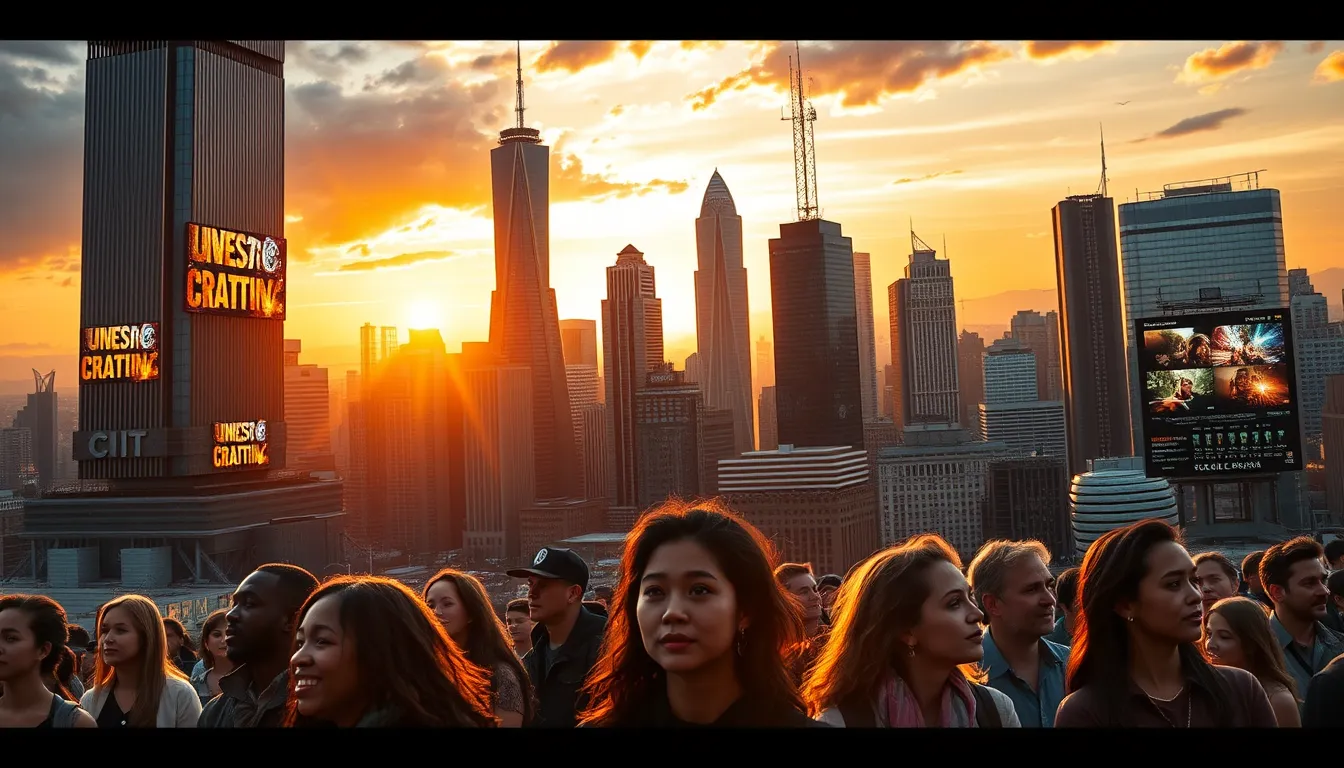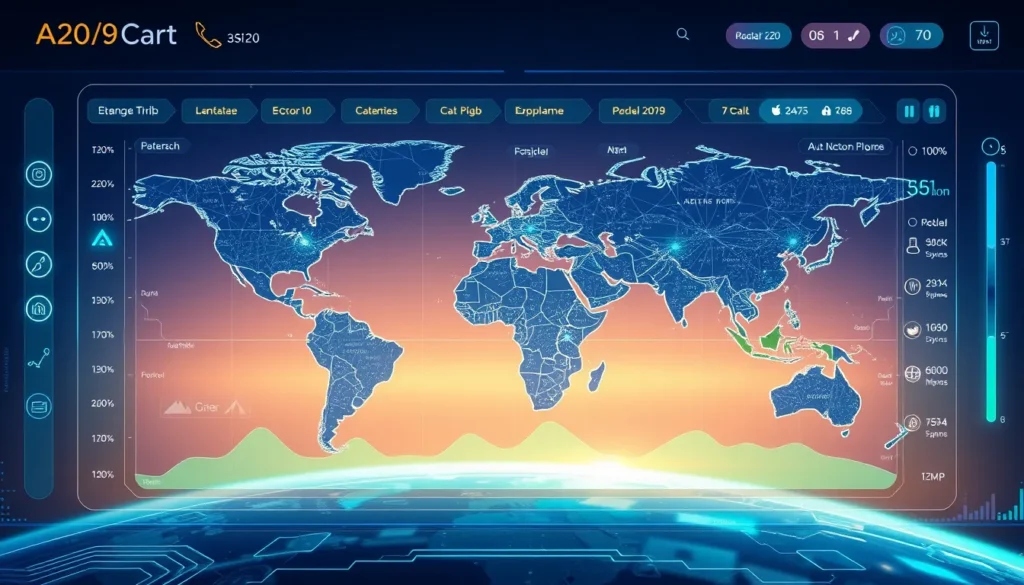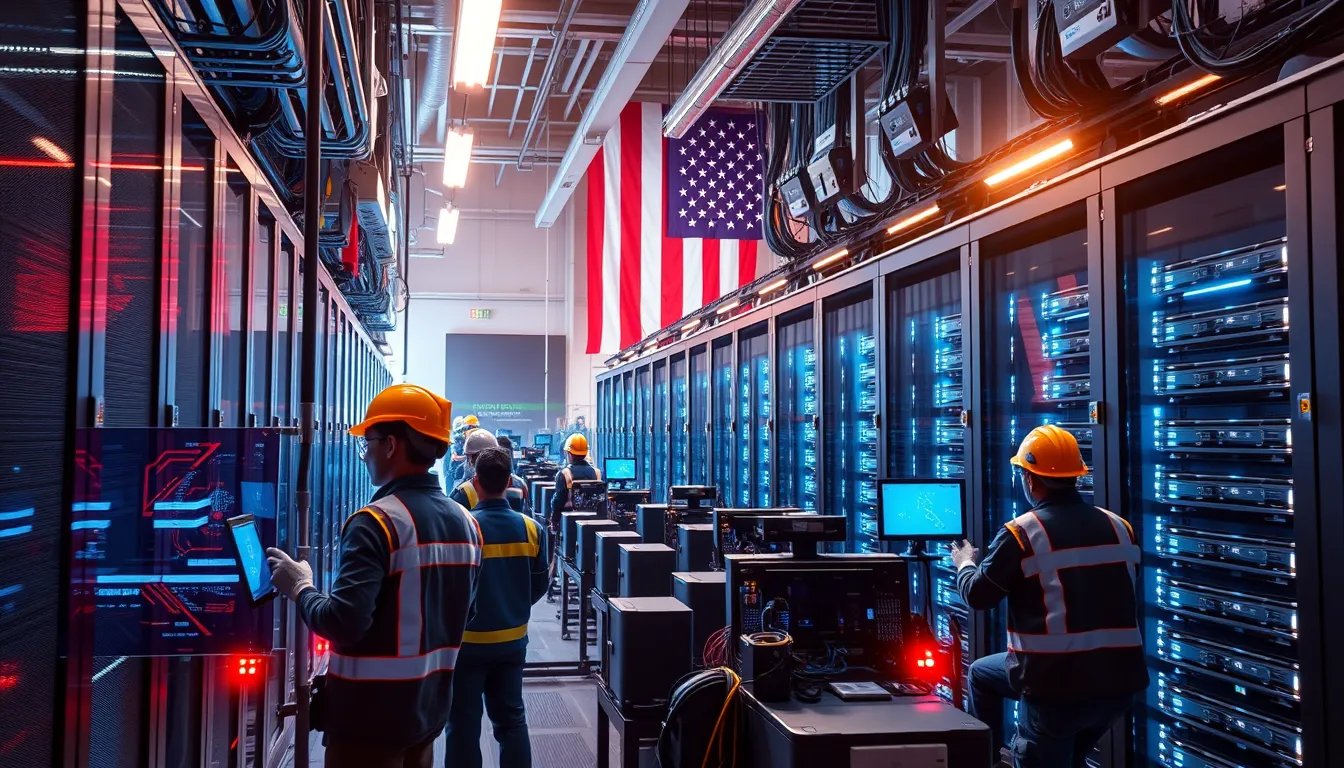Now Reading: AI Training Footage Licensing: Boosting Creator Revenue
-
01
AI Training Footage Licensing: Boosting Creator Revenue
AI Training Footage Licensing: Boosting Creator Revenue

AI Training Footage Licensing: Boosting Creator Revenue
Artificial Intelligence (AI) continues to revolutionize multiple industries, and one segment that is rapidly evolving is AI training footage licensing. Tech companies such as Google, OpenAI, and Moonvalley are spearheading this trend by exploring innovative revenue streams. Among these, licensing unused video content for AI training has emerged as a lucrative opportunity for creators. This article provides an in-depth exploration of how tech companies are paying creators for footage, the evolving market dynamics, licensing rates, and the legal frameworks that ensure content creators retain control over their intellectual property.
Introduction: The Emergence of a New Revenue Stream
In today’s digital era, content creators generate vast amounts of video content, much of which remains unutilized. Recognizing the latent value in this content, tech companies have begun to license these unused clips for training AI models. By incorporating real-world footage into their datasets, companies can enhance the accuracy of computer vision, natural language processing, and other AI-driven applications. This approach not only helps in improving AI performance through high-quality visual data but also provides creators with a sustainable revenue stream.
As the demand for diverse training data intensifies, licensing arrangements have become more common. Companies are willing to pay competitive rates for unique, high-resolution footage—including 4K recordings and aerial drone captures. Additionally, platforms and intermediaries like Troveo AI are establishing themselves as trusted facilitators in these transactions, ensuring that creators receive fair compensation while companies gain access to diverse and robust datasets.
Current Trends in AI Training Footage Licensing
Diversification of Content Sources
One of the key trends in AI training footage licensing is the diversification of content sources. While traditional stock footage has always been valuable, tech companies now actively seek out footage that offers unique perspectives and real-life scenarios, which are critical for robust AI model training. The growing emphasis on authenticity has elevated the importance of licensing video content that showcases diverse environments, lighting conditions, and contextual features.
Competitive Licensing Rates
Licensing rates in this market have become highly competitive, and they vary significantly based on several factors. Generally, rates range between $1 and $4 per minute of footage. However, premium video content—such as 4K resolution clips or specialized drone footage—can command even higher prices. These rates are reflective of both the technical quality as well as the perceived uniqueness of the content. For instance, footage that captures rare events or provides an exclusive angle on everyday subjects is highly sought after due to its potential to enrich AI training datasets.
Emerging Intermediaries and Marketplaces
The rise of specialized intermediaries, such as Troveo AI, has streamlined the licensing process considerably. These platforms act as brokers, connecting tech companies in need of high-quality training footage with content creators eager to monetize their unused videos. Through these intermediaries, creators have already seen significant earnings, with over $5 million paid out to date. This development not only signifies the financial potential of AI training footage licensing but also underscores the growing recognition of video content as a valuable asset in the AI ecosystem.
Licensing Rates and Factors Affecting Prices
Video Quality and Resolution
High-quality footage, particularly those recorded in 4K resolution, naturally commands a premium. The clarity, detail, and overall visual fidelity of such clips are essential when training models that rely on accurate image recognition. Higher resolution footage allows AI systems to detect finer details and features, leading to better overall performance in real-world applications. As a result, creators who maintain high production standards are well-positioned to secure better rates.
Uniqueness and Relevance of Content
Not all footage is created equal. Video clips that offer exclusive content, unusual perspectives, or contextually rich scenes are particularly valuable in the AI training arena. These unique elements not only fill critical gaps in datasets but also enhance the model’s ability to learn from varied data inputs. For example, a series of aerial shots showcasing natural disasters or urban dynamics provides a level of contextual depth that standard footage may not offer. This uniqueness is factored into pricing strategies, where exclusive clips often receive a higher valuation.
Market Demand and the Role of Legal Frameworks
The dynamics of supply and demand play a crucial role in determining licensing rates. As tech companies invest more heavily in AI capabilities, the demand for diverse and high-quality video data has surged. Simultaneously, clearly defined legal frameworks have reinforced market stability by ensuring that content creators have the necessary protective clauses in their licensing agreements. These legal structures not only safeguard intellectual property rights but also facilitate trust between content creators and tech companies. When both parties understand the terms of engagement—especially concerning revenue sharing and usage rights—there is a greater likelihood of securing premium rates.
Legal Framework and Protective Clauses
Importance of a Structured Legal Environment
For AI training footage licensing to flourish, a robust legal framework is essential. Content creators must feel confident that their work is protected, and that licensing agreements will respect their creative rights. In this context, legal protective clauses are designed to secure content rights while allowing tech companies to access the data they need for model training. These agreements outline terms related to intellectual property, usage boundaries, and financial compensation, ensuring that both parties have a clear understanding of their rights and obligations.
Key Legal Considerations
- Intellectual Property Rights: Licensing contracts must explicitly state that the creator retains ownership of the original footage. This provision preserves the creator’s ability to monetize or repurpose their work in the future.
- Usage Limitations: Clear definitions regarding how the footage can be utilized are crucial. This may include temporal restrictions, geographical boundaries, and specific usage scenarios (e.g., model training versus public display).
- Compensation Structures: Transparent guidelines regarding how much tech companies will pay for the footage are vital. This includes not only flat rates per minute but also performance-based incentives if the footage contributes notably to the model’s accuracy or utility.
- Brand and Creative Control: In many cases, creators are also concerned about how their footage is used. Protective clauses ensure that the content is not manipulated or altered in ways that could harm the creator’s brand or reputation. Legal frameworks can include stipulations that require prior approval for any significant modifications.
The Role of Legal Frameworks in Fostering Trust
A well-structured legal environment offers a dual advantage. For tech companies, it provides a reliable and consistent set of guidelines to procure footage without risking legal disputes. For creators, it protects their intellectual property and ensures fair compensation practices. Legal clarity is particularly important when premium content, such as 4K or drone footage, is involved, as these terms often dictate not just financial transactions but also the conditions under which the footage can be used. This balance of power is essential to nurture a sustainable ecosystem where both parties can thrive.
Additional Insights on the Technological and Economic Impact
Enhancing AI Model Performance with Diverse Data
High-quality, diverse training footage plays a critical role in the success of AI systems. The integration of varied and comprehensive datasets enables AI models to learn effectively across a range of environments and scenarios. For instance, a model trained on diverse visual data—ranging from urban landscapes to rural environments—can generalize better and perform more accurately across different contexts. This enhancement in model performance can lead to improvements in areas such as autonomous driving, surveillance, and even medical imaging.
Economic Opportunities for Content Creators
The financial implications of AI training footage licensing are significant for the content creation community. Traditionally, creators have relied on advertising revenues, direct sales, or licensing through conventional stock footage websites. However, the emerging market of AI training footage offers a novel income stream that can boost overall earnings. With competitive rates and the potential for performance-based bonuses, creators now have an incentive to produce high-quality content that meets the evolving needs of tech companies. This, in turn, encourages further investment in better equipment and production techniques, creating a virtuous cycle of quality and innovation.
Technological Advancements Supporting the Licensing Market
Advancements in video technology and data processing have made it easier than ever for tech companies to integrate licensed footage into their AI training pipelines. With enhanced storage capabilities and faster data transfer rates, companies can now handle large volumes of high-resolution footage without compromising on speed or efficiency. Moreover, the development of specialized platforms like Troveo AI has streamlined the transaction process, reducing administrative hurdles and accelerating the licensing cycle. These technological improvements are instrumental in driving market growth and ensuring that both tech companies and content creators benefit from the latest innovations.
Future Trends and Strategic Considerations
Evolving Licensing Models
As the market matures, we can expect to see further evolution in licensing models. Subscription-based models, revenue-sharing agreements, and even blockchain-enabled smart contracts might become standard practices. These innovations have the potential to make licensing transactions more efficient, transparent, and secure. For content creators, these emerging models could offer enhanced control over their intellectual property, while tech companies could benefit from a more agile and accountable procurement process.
Expansion into New Markets
The concept of AI training footage licensing is not confined to major tech giants alone. As awareness grows, a wider range of companies—from small startups to established media houses—are likely to enter this space. This diversification will not only broaden the pool of available footage but also drive competition, which can lead to more favorable terms for content creators. Additionally, as regional markets embrace the licensing model, there may be novel opportunities for localized content that better represents environmental, cultural, and societal nuances.
Strengthening Industry Collaborations
Another promising trend is the potential for deeper collaborations between content creators, tech companies, and regulatory bodies. By working together, these groups can develop standardized practices and ethical guidelines that support the sustainable growth of the licensing ecosystem. Such collaborations could address concerns related to content manipulation, data privacy, and fair compensation, ensuring that the interests of all stakeholders are adequately protected. Establishing industry-wide standards will be crucial in building a resilient framework that can adapt to future technological and market changes.
Conclusion: A Win-Win Paradigm for Innovation and Revenue
AI training footage licensing represents a transformative shift in how content is valued and utilized. The convergence of technological innovation, competitive market dynamics, and robust legal frameworks is fostering an environment where both tech companies and content creators can thrive. For tech companies, access to high-quality, diverse training footage is essential for developing advanced AI models that perform reliably in diverse settings. For content creators, this emerging market offers a sustainable and potentially lucrative revenue stream that rewards high-quality production and creative uniqueness.
By adhering to clear legal guidelines and capitalizing on competitive licensing rates, both parties are set to benefit from a mutually reinforcing ecosystem. As AI technologies continue to evolve, the importance of authentic, reliable data will only grow. AI training footage licensing is not just a trend—it is a strategic move that is reshaping revenue streams and redefining the value of creative content in the digital age.
For further information and resources on AI training footage licensing, consider visiting industry-leading websites and marketplaces. Exploring platforms where tech companies and content creators converge can offer deeper insights into current trends and future possibilities. The collaborative potential inherent in this market paves the way for more innovative applications of AI technology and robust support systems for creative professionals.
As the industry expands, continuous dialogue between stakeholders will be crucial to optimize practices and harness the full potential of AI. With this proactive approach, the ecosystem is poised to drive substantial advancements in both AI training and content creation. The future of AI training footage licensing is bright, offering not only a pathway to enhanced model performance but also a mechanism for recognizing and rewarding creative talent.
In conclusion, the evolving landscape of AI training footage licensing is a testament to the incredible synergy between technology and creativity. It is a promising domain that underscores the importance of collaboration, innovation, and legal integrity in fostering an environment that benefits all participants in the digital economy. Whether you are a tech innovator looking to enhance your AI models or a creator seeking new ways to monetize your work, this market offers substantial opportunities for growth and success.

























